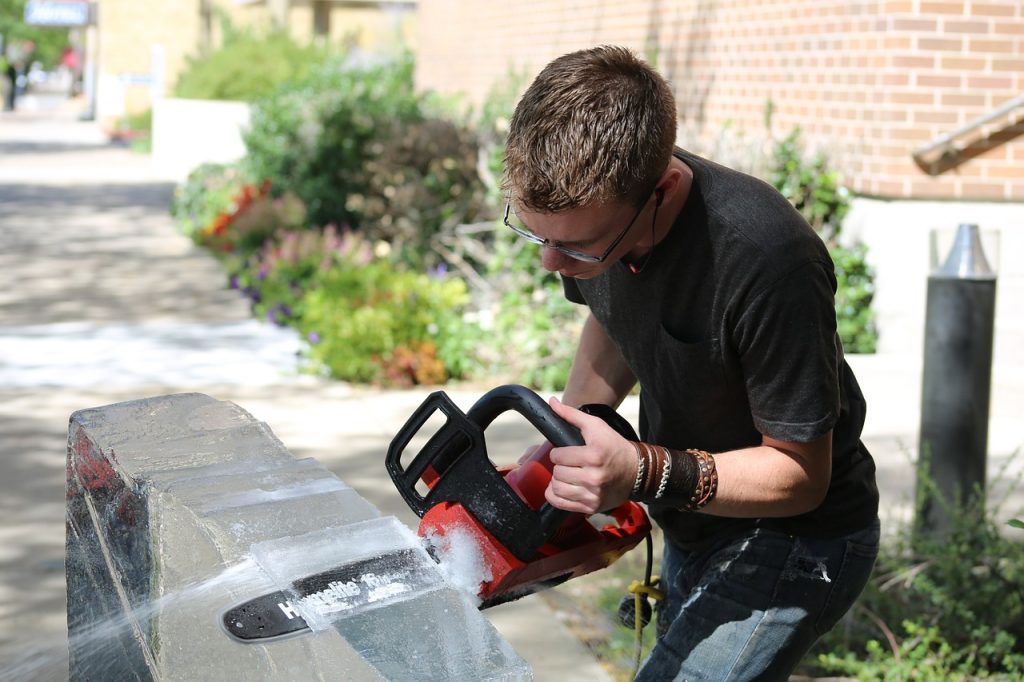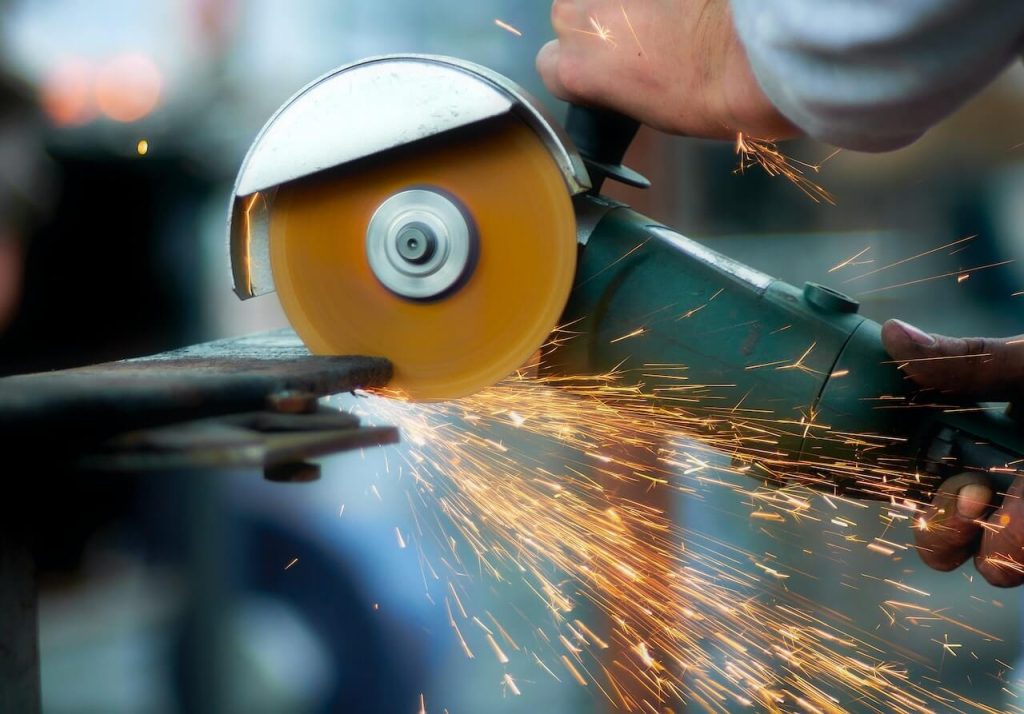A skill saw, also known as a circular saw, is a versatile and powerful tool used by both professionals and DIY enthusiasts alike. Its ability to quickly and accurately cut through various materials makes it an essential tool in any workshop or construction site. However, one question that often arises is: how deep can a skill saw cut?
The answer to this question is not a straightforward one, as it depends on several factors such as the type of blade being used, the material being cut, and the power of the saw itself. In this article, we will delve into the depths of a skill saw’s cutting capabilities and provide you with valuable information on how to achieve the deepest and most precise cuts with this indispensable tool.
From discussing the different types of blades and their cutting depths, to tips and techniques for maximizing the depth of your cuts, this article aims to provide a comprehensive understanding of just how deep a skill saw can cut.
So, whether you are a seasoned professional or a novice woodworker, read on to discover the full potential of your skill saw.
Understanding saw blade depth limits.
When working with a skill saw or any other type of power saw, it is crucial to have a clear understanding of the saw blade’s depth limits.
These limits refer to the maximum depth that the blade can safely cut into a material without causing any damage or compromising the integrity of the saw or the workpiece.
Exceeding the recommended depth limits can lead to kickbacks, blade deflection, or even accidents, posing a serious risk to the operator’s safety. Therefore, before starting any cutting operation, it is essential to consult the manufacturer’s guidelines and specifications for the specific saw and blade being used.
These guidelines will outline the maximum cutting depth and provide valuable information on how to adjust the saw settings accordingly to ensure precise and safe cuts.
By adhering to these depth limits, users can confidently operate their skill saws and achieve accurate results while minimizing the risk of accidents or material damage.
Safety precautions for cutting depths.
To ensure safe operation and prevent accidents when working with a skill saw, it is important to follow specific safety precautions related to cutting depths.
Firstly, always adjust the cutting depth of the blade according to the manufacturer’s guidelines for the specific material being cut. This prevents the blade from going too deep and reduces the risk of kickbacks or the saw binding.
Secondly, check the stability of the workpiece and secure it properly before starting the cut. This prevents any unexpected movement or shifting during the cutting process.
Additionally, maintain a firm grip on the saw and use both hands to control its movement. Avoid applying excessive force or pushing the saw beyond its recommended cutting depth, as this can lead to blade deflection or loss of control.
Lastly, wear appropriate personal protective equipment such as safety glasses, gloves, and hearing protection to safeguard against potential hazards.
Adhering to these safety precautions will help ensure a secure and accident-free cutting experience when using a skill saw.
Materials that can be cut.
When operating a skill saw, it is important to consider the range of materials that can be cut effectively and safely. Skill saws are versatile tools that can handle a variety of materials, including wood, plastic, and even certain types of metal.
Wood remains the most common material for skill saw cuts, with different types, such as plywood, hardwood, and softwood, requiring adjustments to the saw’s settings and blade selection.
When cutting plastic, it is essential to choose the appropriate blade to prevent melting or chipping. Certain skill saws equipped with specialized blades can also cut through materials like aluminum and copper.
It is crucial to consult the manufacturer’s guidelines and recommendations to ensure proper blade selection and cutting techniques for each specific material.
By understanding the capabilities and limitations of skill saws, professionals can confidently tackle a wide range of projects with precision and efficiency.
Common depth ranges for projects.
One key consideration when using a skill saw is understanding the common depth ranges for different projects. The depth to which a skill saw can cut depends on various factors, including the type of saw, blade size, and the material being cut.
For woodworking projects, skill saws typically have a maximum cutting depth of around 2 to 3 inches, allowing for precise cuts in various wood thicknesses.
However, it is important to note that thicker materials may require multiple passes or the use of specialized saws for optimal results. When working with plastic or non-ferrous metals, skill saws generally have a slightly shallower cutting depth, typically ranging from 1 to 2 inches.
It is essential to refer to the saw’s user manual and adhere to safety guidelines to determine the appropriate cutting depth for each specific material and project.
By understanding these common depth ranges, professionals can ensure accurate and efficient cuts while maintaining safety throughout the cutting process.
Tips for achieving accurate cuts.
To achieve accurate cuts with a skill saw, there are several tips that professionals should keep in mind.
Firstly, it is crucial to properly measure and mark the material before making any cuts.
Using a straight edge or a square can help ensure precise measurements.
Secondly, maintaining a steady hand and applying consistent pressure while cutting is important to avoid any deviations or wobbling of the blade.
Additionally, using a sharp and appropriate blade for the material being cut can greatly enhance the accuracy of the cuts. Regularly inspecting and replacing worn-out blades is essential for optimal performance.
Furthermore, utilizing clamps or guides can assist in keeping the material secure and preventing it from shifting during the cutting process.
Lastly, taking the time to practice and develop cutting techniques can significantly improve accuracy and proficiency with a skill saw.
By following these tips, professionals can achieve precise, clean, and accurate cuts with their skill saws, resulting in high-quality craftsmanship.
Based on our research and analysis, it is clear that the depth of a skill saw cut is dependent on various factors such as the type of saw, blade size, material being cut, and the skill and experience of the operator.
It is important to always follow safety protocols and use the appropriate blade and settings for the task at hand.
Ultimately, a skill saw is a versatile and powerful tool that can make precise and deep cuts when used correctly.
As professionals, it is our responsibility to continuously educate ourselves and utilize this tool safely and efficiently in our projects.



